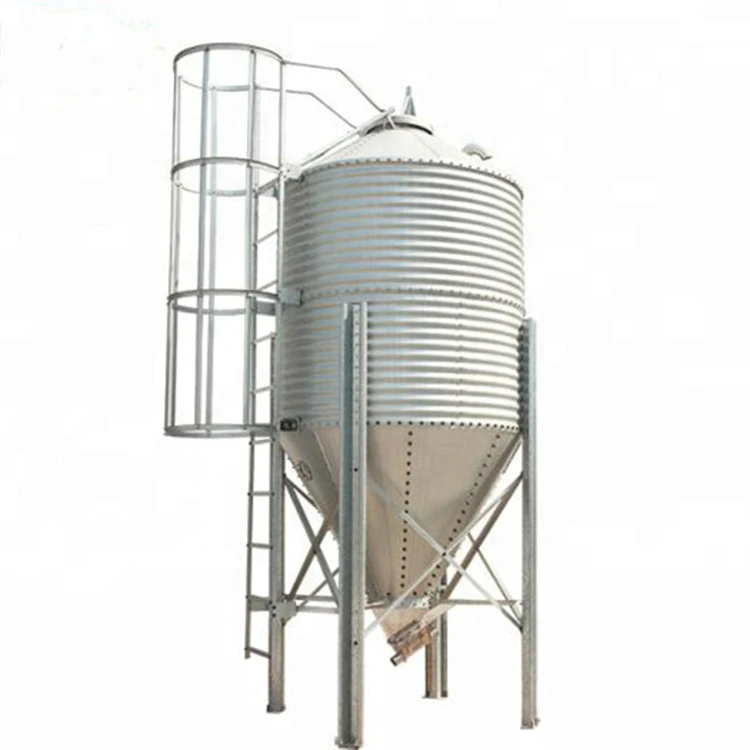Innovative Designs for Modern Poultry Cages to Enhance Bird Welfare and Productivity
12 月 . 25, 2024 22:19 Back to list
Innovative Designs for Modern Poultry Cages to Enhance Bird Welfare and Productivity
Understanding Poultry Cages A Comprehensive Overview
Poultry farming has evolved significantly over the years, with practices and technologies continually adapting to meet the demands of an ever-growing population. One of the crucial aspects of this evolution is the use of poultry cages. These cages are designed to improve efficiency, ensure animal welfare, and enhance productivity in poultry operations. This article delves into the various dimensions of poultry cages, including their design, benefits, and the ongoing debates surrounding their use.
Design of Poultry Cages
Poultry cages come in various designs, primarily influenced by the type of poultry being raised, such as chickens, turkeys, or ducks. The most common type is the battery cage, which houses several hens in a compact and stacked manner. Battery cages are typically constructed from durable materials such as galvanized steel and are designed to facilitate high-density housing. Each cage provides minimal space per bird, highlighting efficiency in space use.
Another design is the enriched cage, which offers a larger area for the birds and includes amenities like perches and nesting boxes. This design aims to address some welfare concerns associated with traditional battery cages. Free-range systems and aviary systems also exist, allowing birds to roam more freely in larger spaces, thus promoting natural behaviors.
Benefits of Poultry Cages
The use of poultry cages has several advantages. Firstly, they promote biosecurity, which is crucial in preventing the spread of diseases among flocks. With controlled environments, farmers can manage and mitigate risks associated with pathogens. Additionally, cages simplify the management of feeding and watering systems, providing a more efficient way for farmers to monitor their flocks’ health and nutrition.
Secondly, poultry cages enhance productivity. In commercial settings, caged systems optimize space and allow for greater stocking density, which can lead to increased egg production and meat yield. Cages also make it easier for farmers to conduct regular health checks and interventions, ultimately contributing to better overall flock management.
poultry cages

Welfare Concerns and Ethical Considerations
Despite the advantages, poultry cages have drawn significant criticism from animal welfare advocates. The key concern revolves around the confined spaces in which the birds are housed, limiting their ability to exhibit natural behaviors such as foraging, dust bathing, and social interactions. Critics argue that this confinement can lead to stress and injuries among birds.
As a response to these concerns, there has been a growing movement towards alternative housing systems. Enriched and free-range systems are gaining popularity as they allow for more space and comfort for the birds. Regulations have also been established in various countries to phase out battery cages, pushing the industry towards more humane practices.
The Future of Poultry Cages
The future of poultry cages will likely be shaped by a combination of technological advancements and evolving consumer preferences. Innovations such as automated feeding systems, climate control technologies, and enhanced monitoring systems will continue to improve the efficiency of poultry farming. Furthermore, as consumers become more aware of animal welfare issues, there may be increased demand for cage-free or free-range products.
The poultry industry faces the challenge of balancing productivity with ethical considerations. As regulations become stricter and consumers demand more transparency in food production, farmers will need to adapt their practices. The transition to more humane poultry husbandry will not only benefit the birds but also cater to a market that increasingly prioritizes ethical consumption.
Conclusion
Poultry cages play a significant role in modern agricultural practices, offering several benefits in terms of efficiency and biosecurity. However, the ethical implications of their use cannot be overlooked. As the industry evolves, the challenge will be to maintain productive systems while ensuring the welfare of the birds. The future of poultry farming will likely see a shift towards more humane practices, driven by consumer demand and technological innovation, ultimately contributing to a more sustainable and ethical food system.
-
school
NewsJul.10,2025
-
Vacuum Packing Machine - Efficient & Reliable Vacuum Packaging Solutions for Food & Industrial Use
NewsJun.10,2025
-
High-Quality European Rabbit Cage Durable Welded Rabbit Cage Wire Mesh Supplier
NewsJun.10,2025
-
High-Efficiency Air Inlet Window for Optimal Poultry Ventilation & Cooling
NewsMay.30,2025
-
High-Efficiency Evaporative Cooling Pads Durable & Energy-Saving
NewsMay.30,2025
-
Automatic Egg Collecting Machine High-Efficiency Poultry Farm Solutions
NewsMay.29,2025






